Azure Active Directory
Microsoft offers a great choice of cloud-based identity and access management solutions on Azure Active Directory to help organizations monitor applications within their data centers and public cloud platforms. With the help of advanced features of AAD, one can easily control suspicious activity, reduce risk, and protect data.
Azure AD Connect combines on-premises directories with Azure Active
Directory. Consolidated with Azure, Microsoft 365, and SaaS app, it helps users
be more efficient by providing them with opportunities to
use cloud and on-premises resources.
Azure AD maintains SSO authentication and guarantees safe
access control to applications by letting the users sign in only once
with a single user account.
Azure AD offers three options for SSO authentication:
- SAML-based Sign-on (sign in to a SaaS app automatically by processing the data in the user account from Azure AD)
- Password SSO (sign in automatically to the third-party application by using a certain set of credentials)
- Linked SSO (sign on to the app with the help of Active Directory Federation Services (ADFS) or a different third-party single sign-on provider)
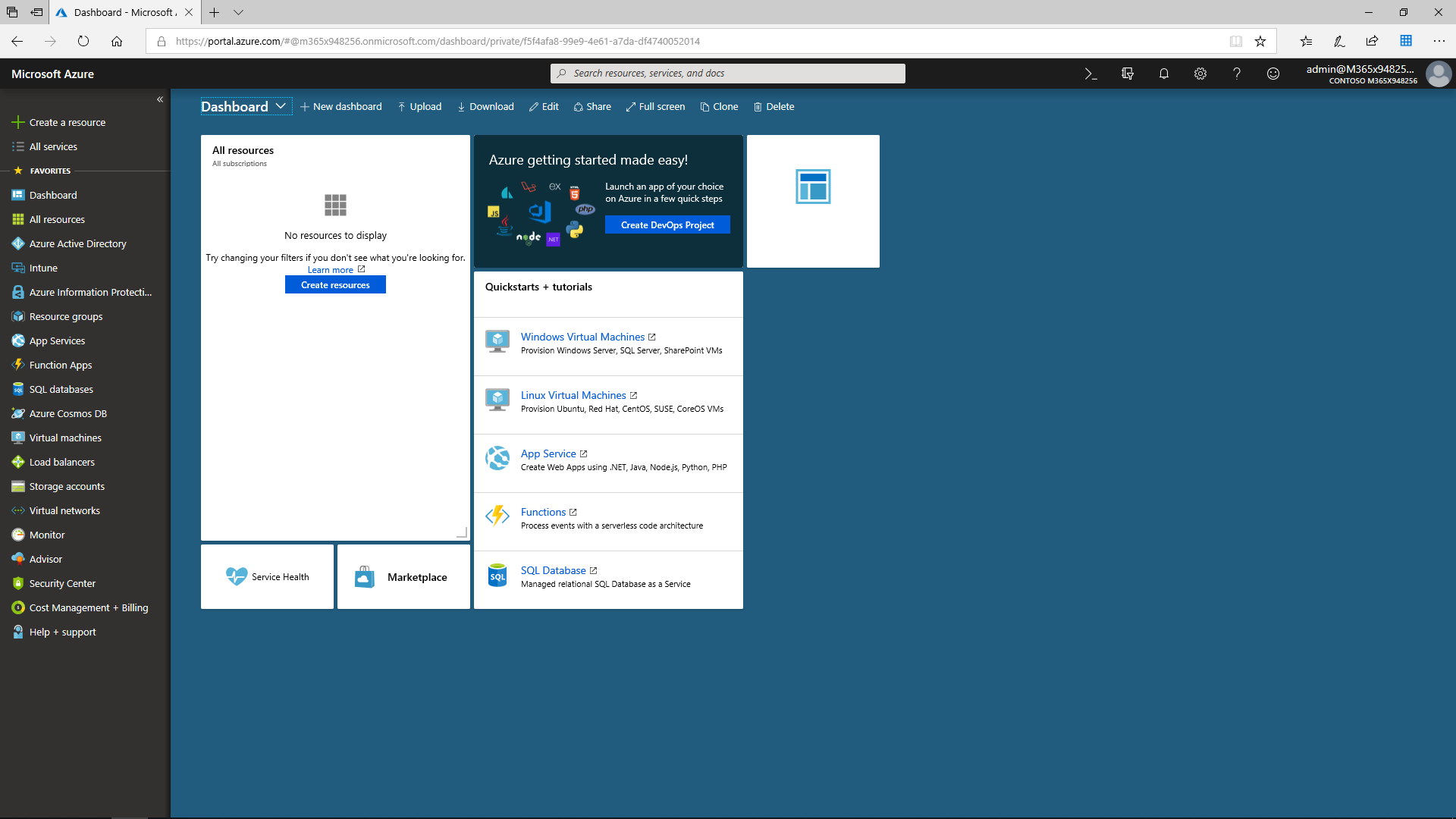

Azure AD SSO (federated) with Salesforce
For example, the Salesforce app can be added to Azure AD from the Azure AD Application Gallery. Configuring Salesforce with federated SSO makes it simple to access. After the app is configured to perform service provider-initiated single sign-on, and the admin has uploaded the certificate and configured the Salesforce authentication provider, users can find their accounts in Salesforce automatically by using account provisioning -- another feature supported by Azure AD.
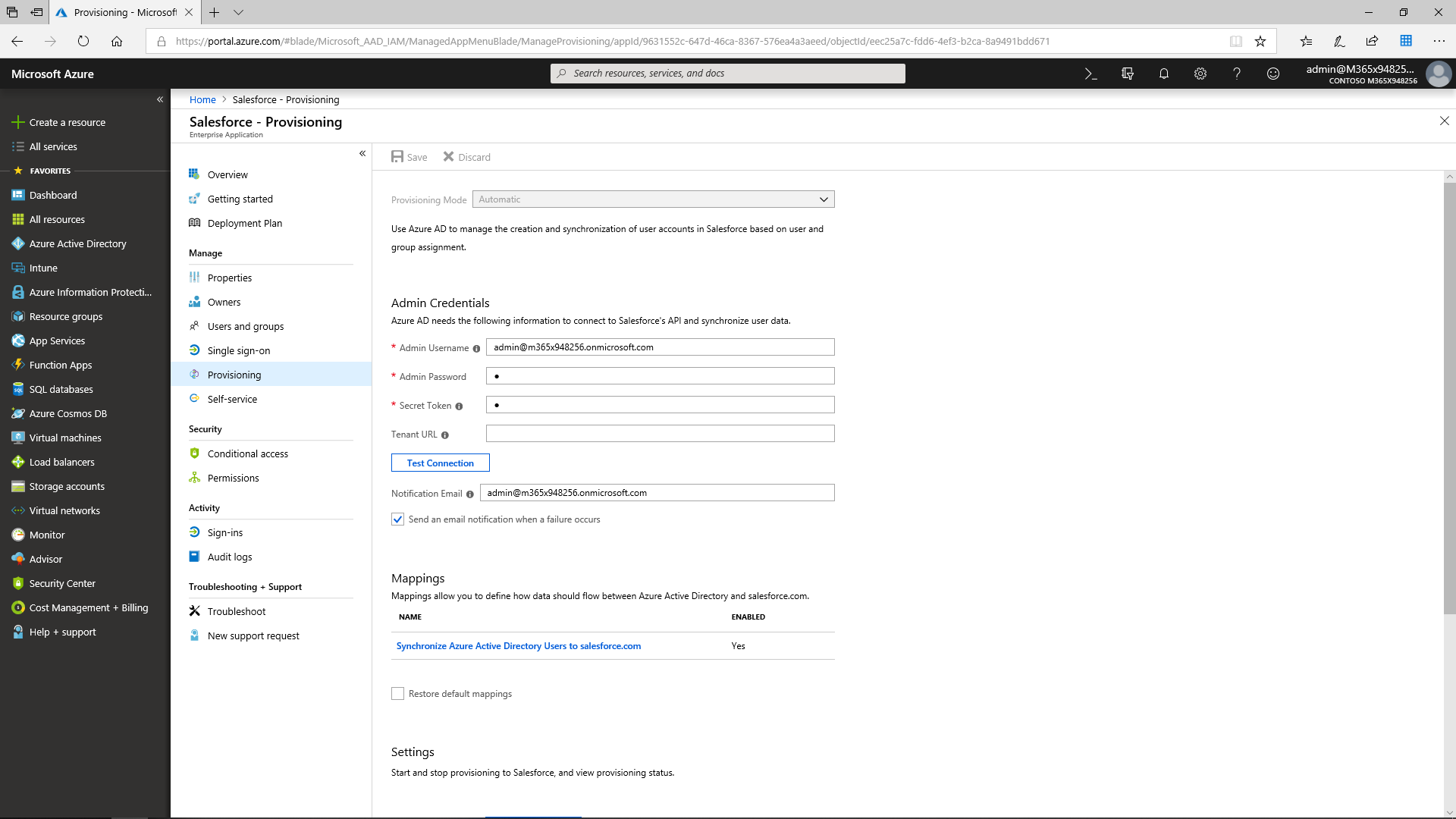
The admin can set up SSO Integration by assigning the Sales and Marketing security group access to Salesforce.
After that, the users will be able to access Salesforce via the Application Panel as soon as they are granted access by the administrator.
The Applications Access Panel is a cross-browser portal that maintains iOS, Android, Mac, and Windows. When reaching the Access Panel, the users can view or access any of the applications listed in the MyApps portal. There is no need to re-authenticate if it was configured for SSO by the administrator.
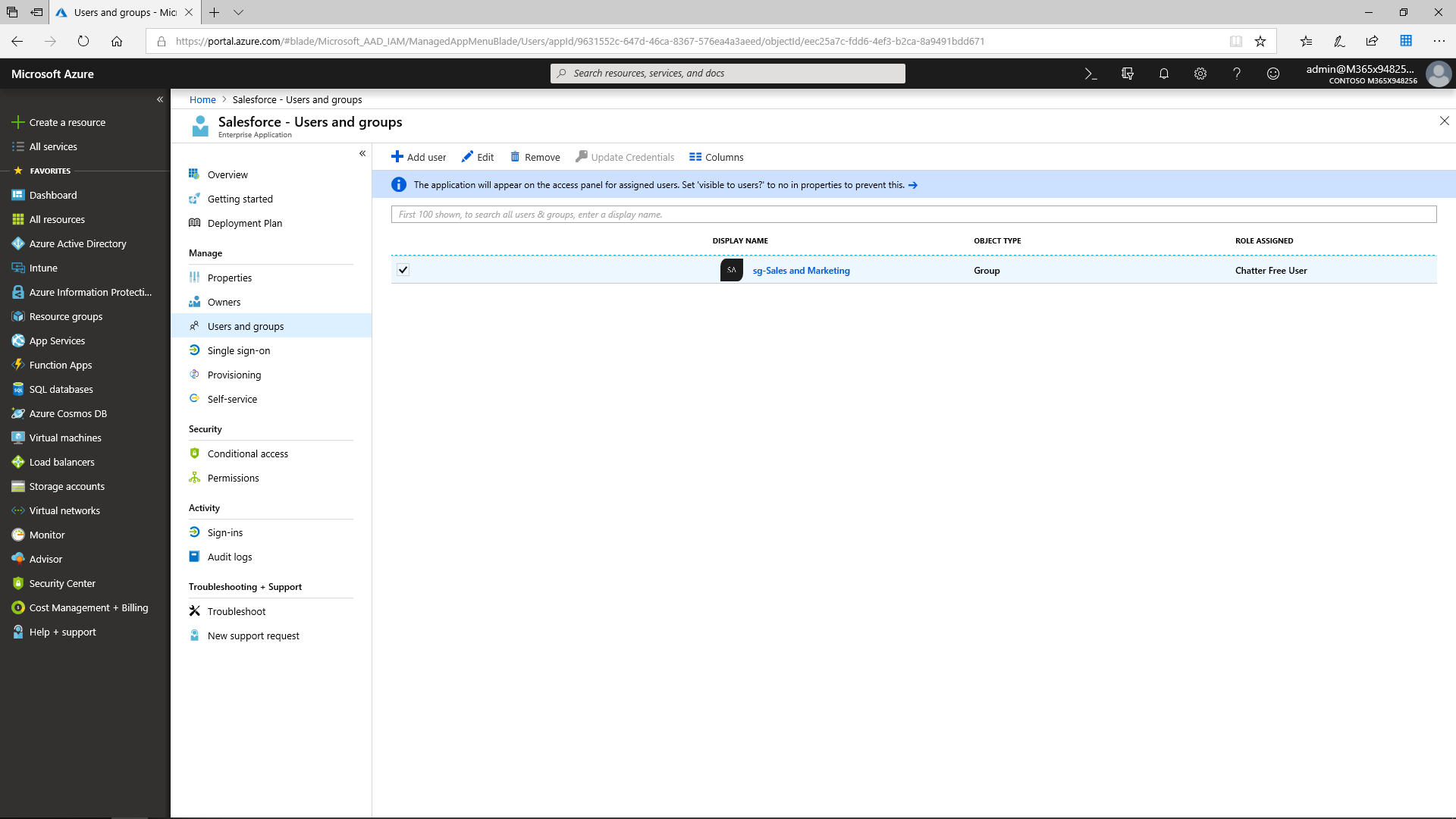

Bring Your Own Apps
The Azure AD application gallery offers a wide range of applications for companies. Even if a certain third-party app cannot be found there, it can easily be added as a custom app. Once a new app has been added, the admin can assign single sign-on. Now there is no need to authenticate (e.g., type a password) a second time. With the help of this function, the users are automatically signed in to the third-party SaaS application. After the admin assigns the users and security group access to the app, all members will be able to view and edit sign-in field labels.
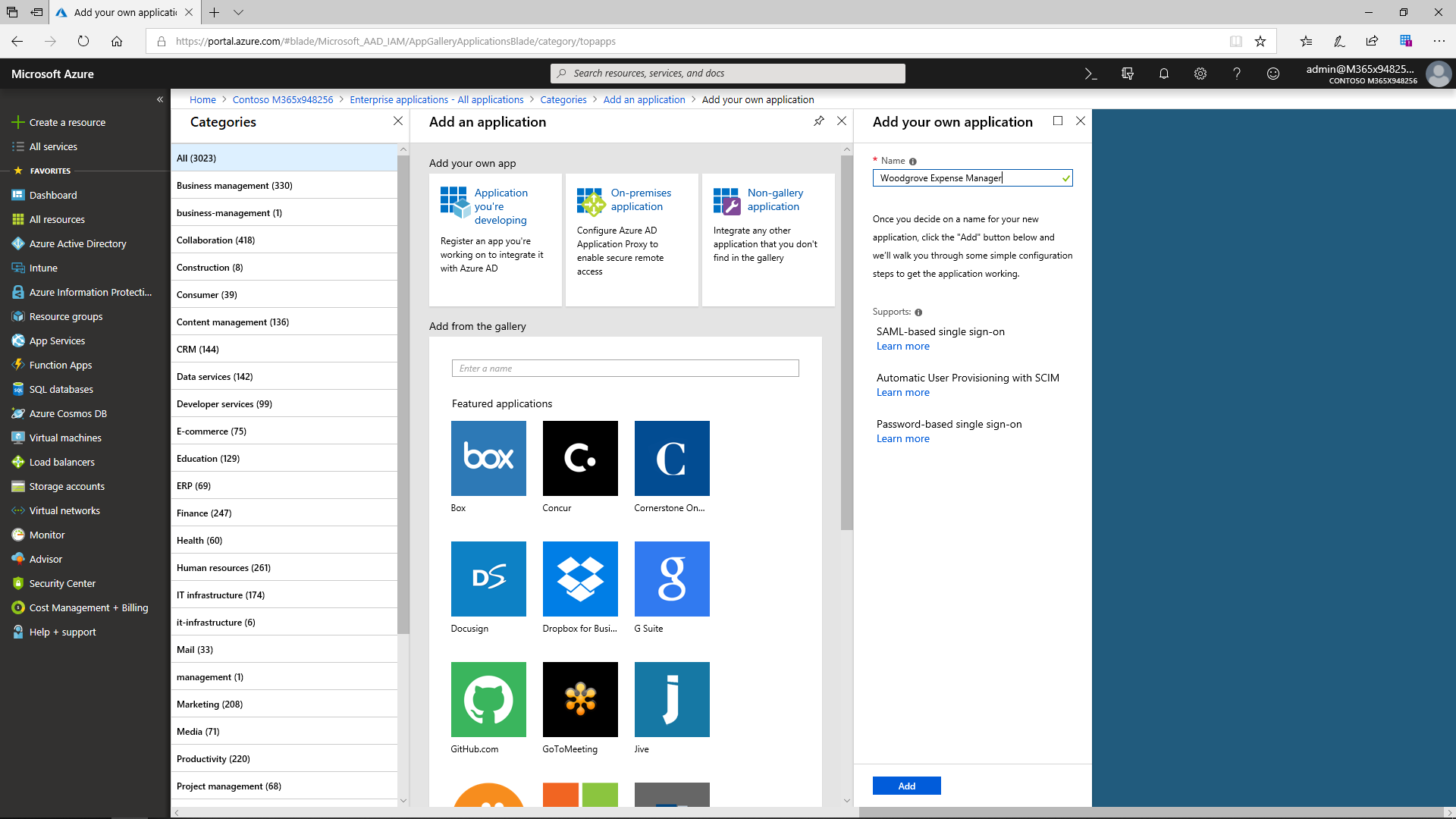
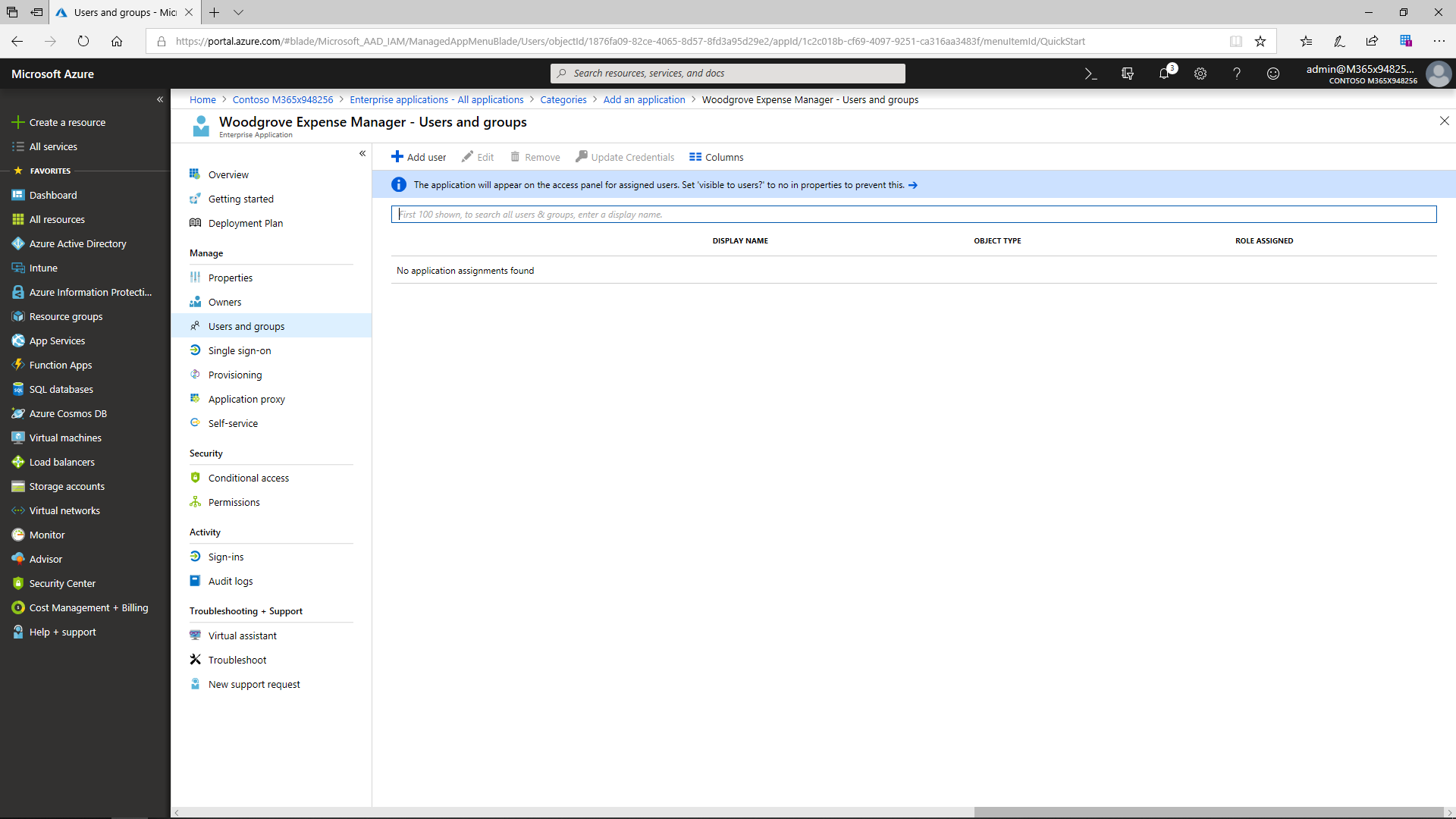
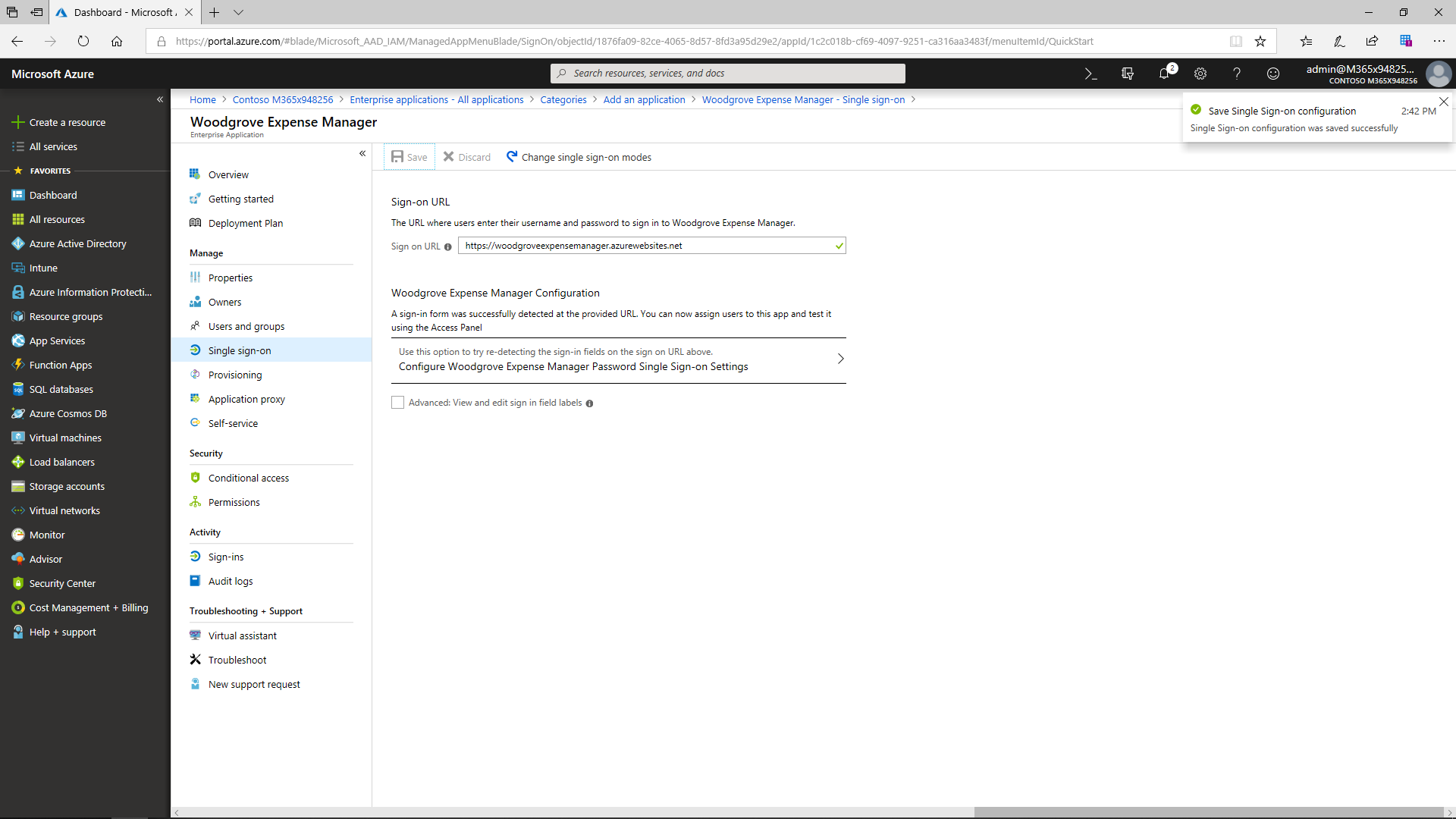
Cross-Organization Collaboration
Azure Active Directory B2B collaboration enables partners to selectively access corporate applications and data using self-managed identities.
Azure AD supports adding four types of users:
- New user in an organization
- User with an existing Microsoft account
- User in another Microsoft Azure AD directory
- Users in a partner company
Due to the Azure AD B2B capacities, partners may be invited right to the company's directory, which allows them to have access only to the data they need. If the new members are not yet part of such a directory, they can simply join it via an automated email. After that, partners are added to the security group and can use the same apps and resources as other members of this group. Access by external users, as well as corporate users, to corporate applications can be gated by the conditional access policies.
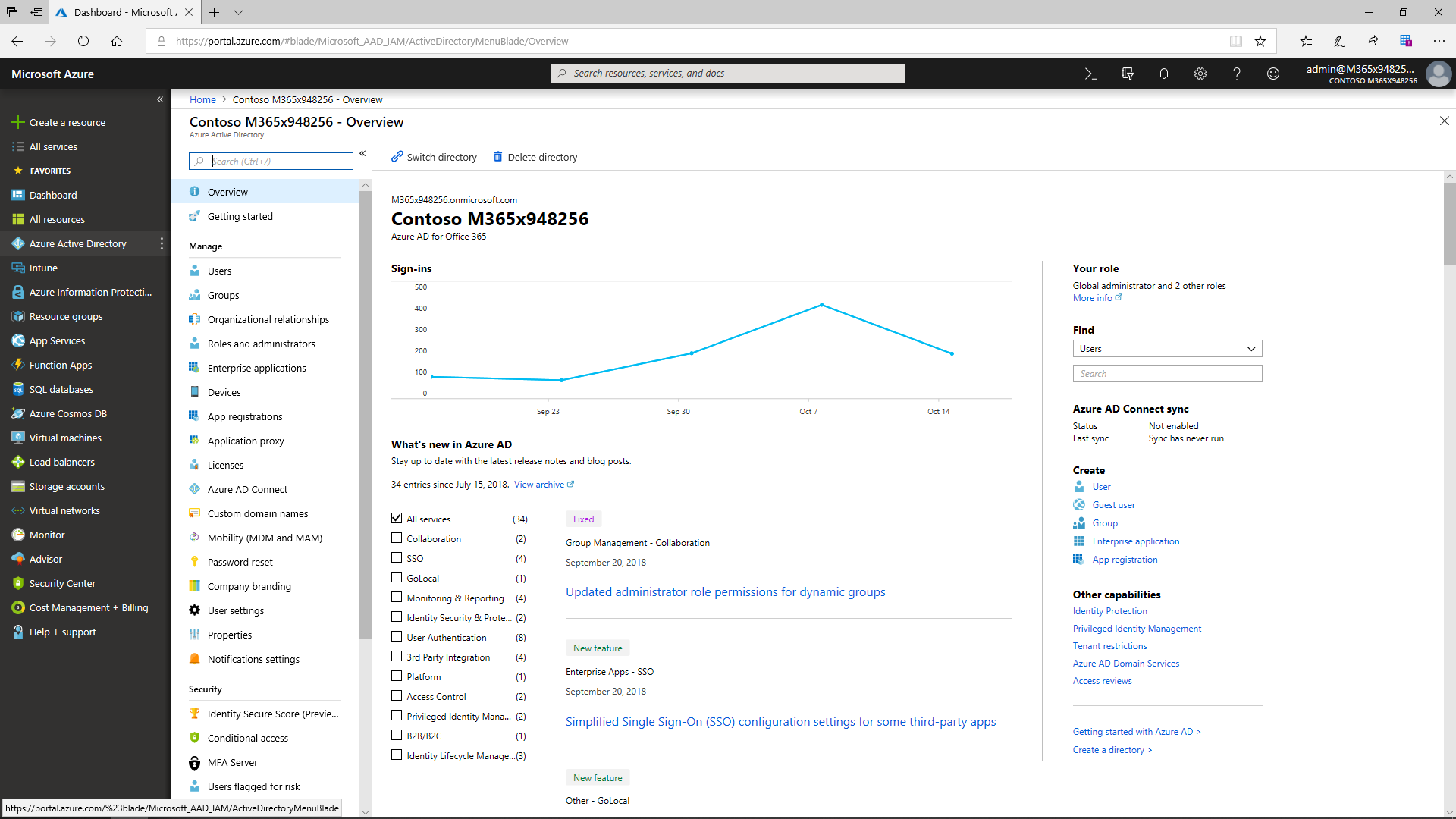
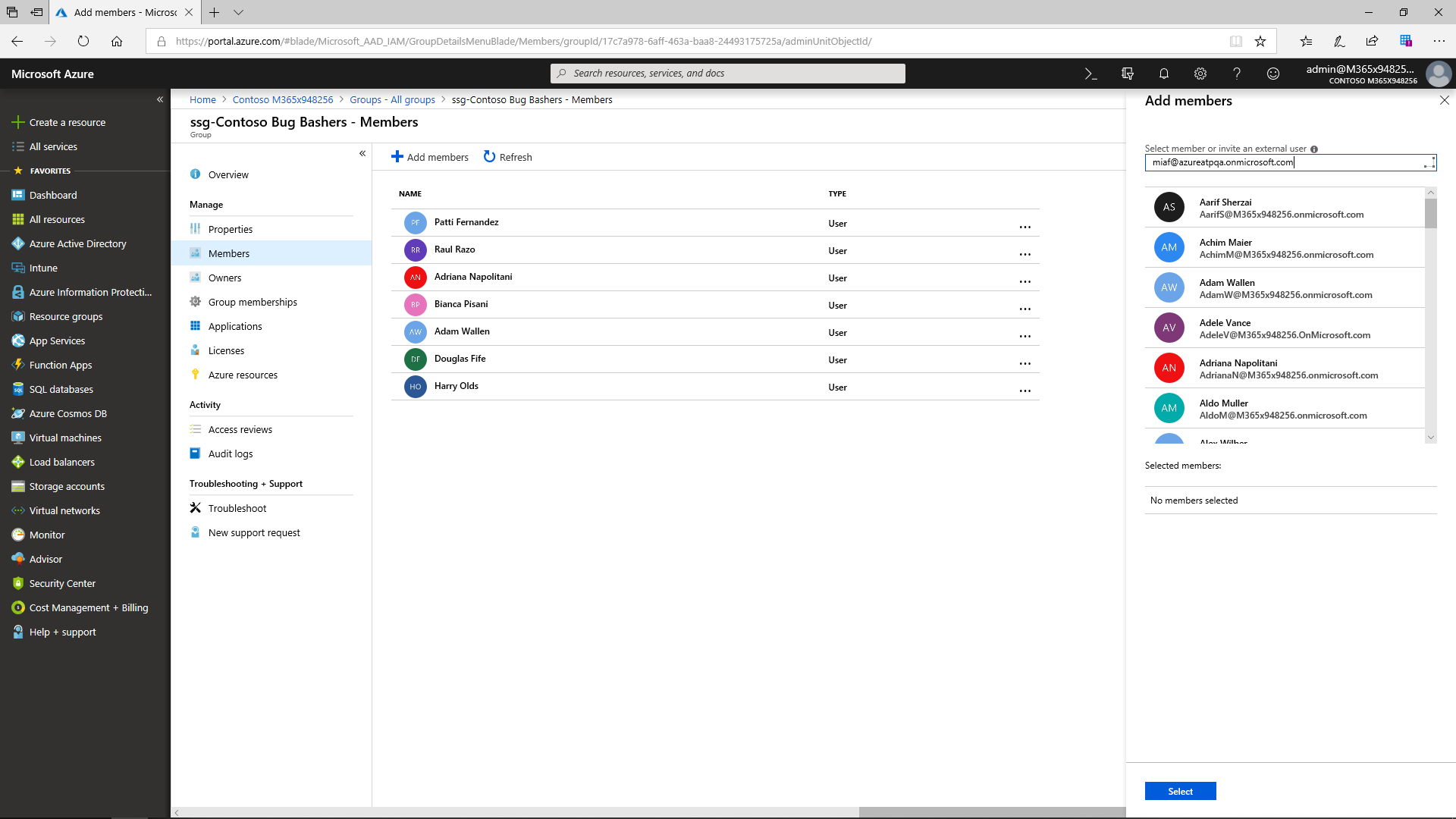

Advanced User Lifecycle Management
Azure AD allows admins to easily add and manage users and groups and enables dynamic group membership. The user account is created by synchronizing with an on-premises AD in case the source is local Active Directory. If the source is Azure Active Directory, Azure creates it in the cloud. It is obligatory to have an account for everyone who will use a Microsoft online service. The most basic role is User. An administrator must first specify each user's location (by country) and then product licenses can easily be granted based on subscriptions already purchased by the organization.
Using groups to assign the app multiple users is essential in case a lot of users access the same app. Groups may be used to configure access management of other online services that monitor access to resources (e.g., SharePoint Online).
The distribution groups and mail-enabled security groups are created and managed within the Exchange Admin Center if the organization uses Microsoft 365. Microsoft 365 is the source for such groups and they must be managed in Microsoft 365. Dynamic groups can automatically add and remove users from groups. Any user that meets the membership requirements will automatically gain access to appropriate resources and privileges.


Ease of Use for End Users
Azure AD offers an organization familiar applications that are well-integrated for quick productivity. The Access Panel is used here as a one-stop shop to share applications and data through Azure AD. If Multi-factor Authentication is used as an added security measure to verify the user, the user is required to verify their alternate contact info only first time. Once set up, their phone or authenticator app will alert them to react to the [MFA]{.caps} challenge. If the user is licensed to Microsoft 365 apps, those will be displayed on their Access Panel. Microsoft 365 and Azure Active Directory integration allows a company to place apps assigned to the user on the launcher in Microsoft 365.
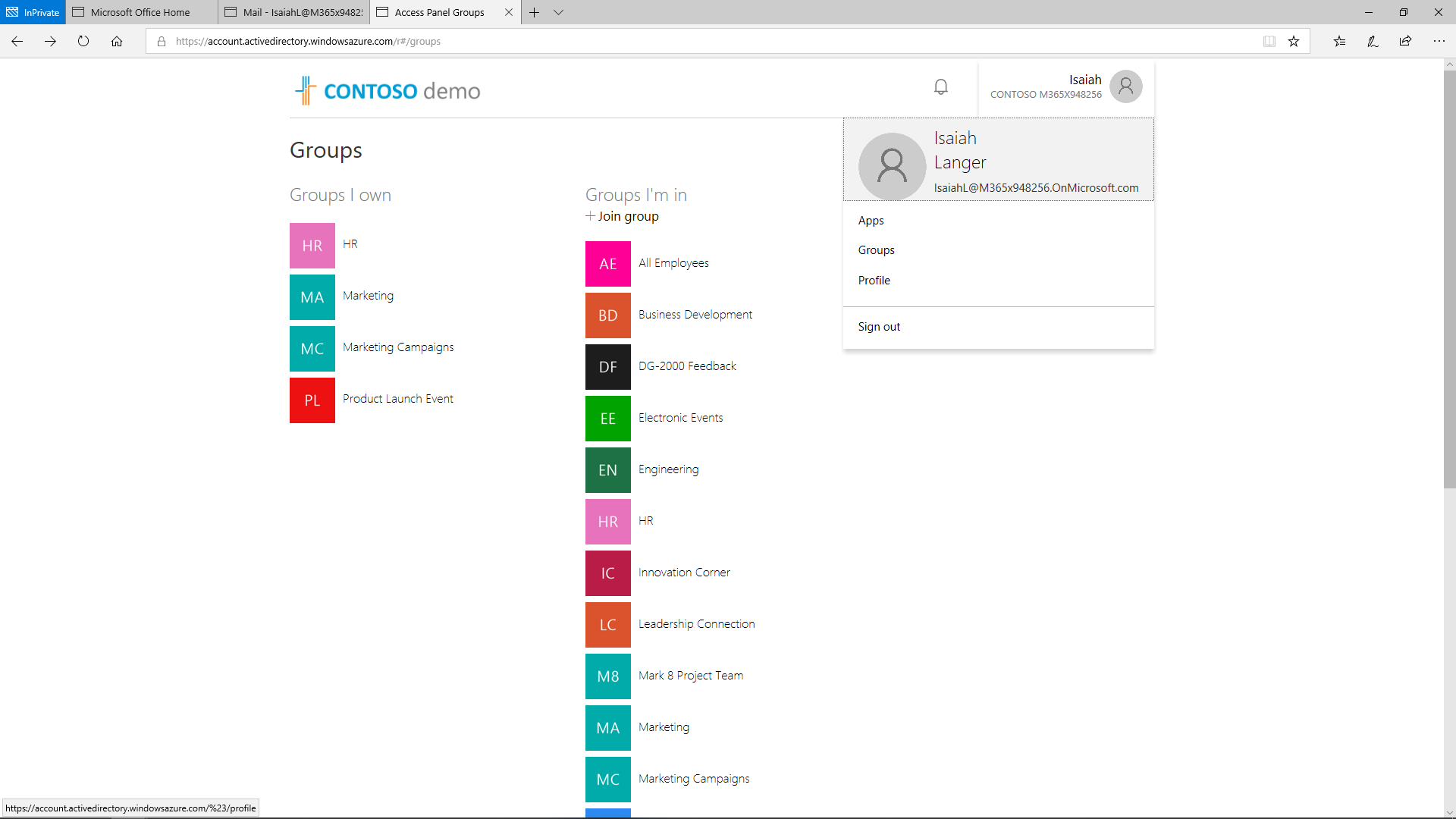
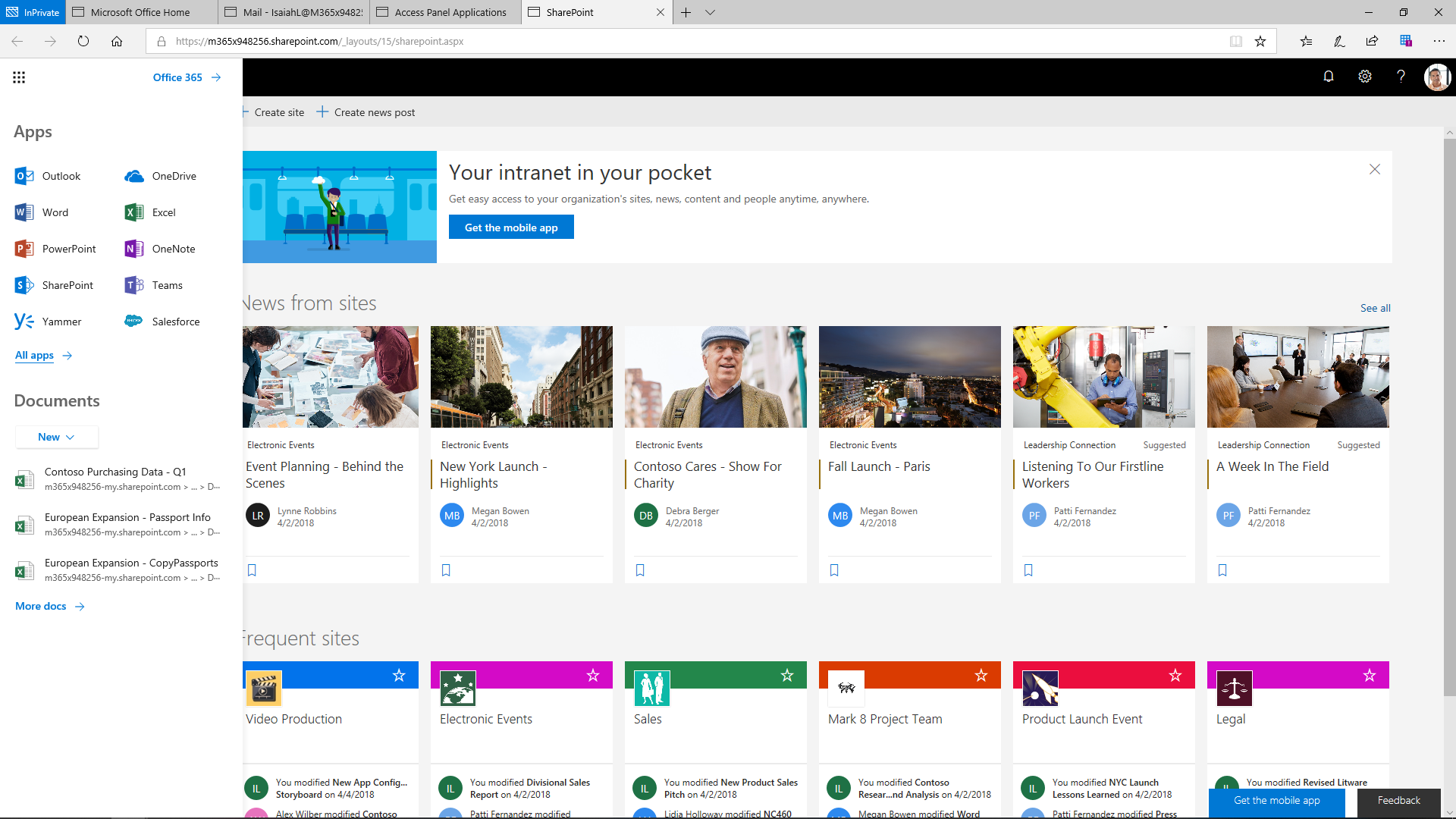
Low IT Overhead
Azure AD Premium empowers IT productivity in a company by providing it with self-service for password reset, group, and app management capacities.
Self-service password reset has several benefits:
- Reduced costs
- Improved user experiences
- Lower help desk volumes
- Enabled mobility
Self-service is a very effective cost-cutting method that reduces help desk calls because the user no longer depends on the IT help desk or an administrator and can perform self-service on their Azure AD account on their own.
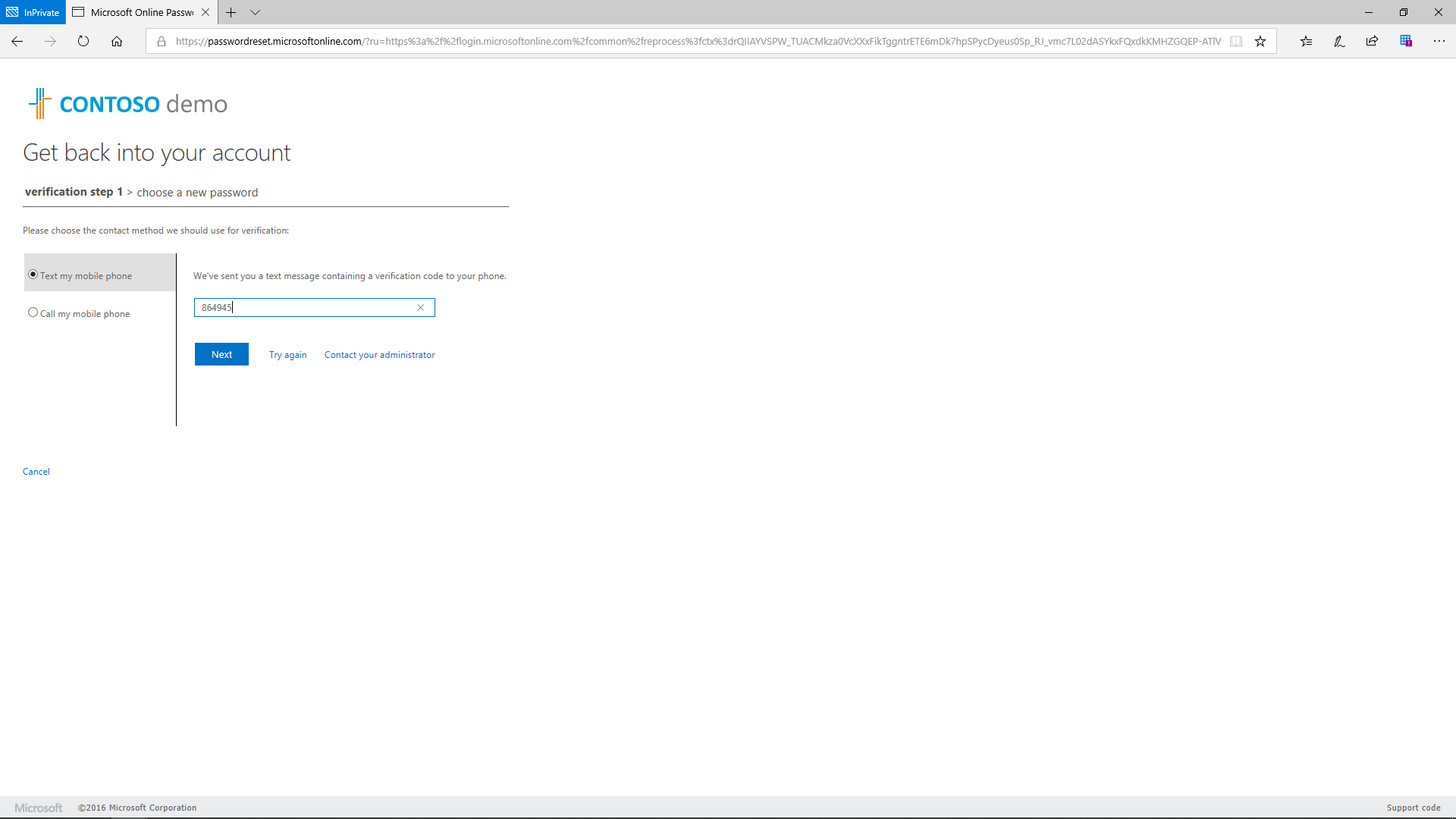
Share
2019-07-01